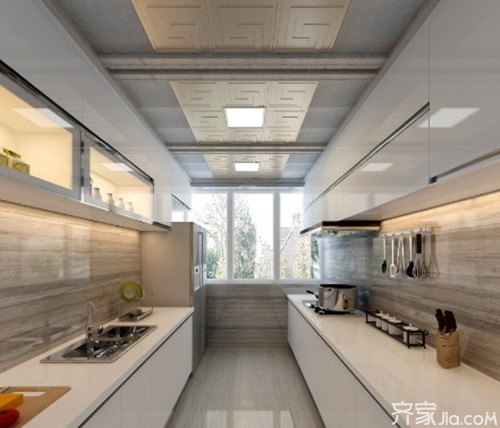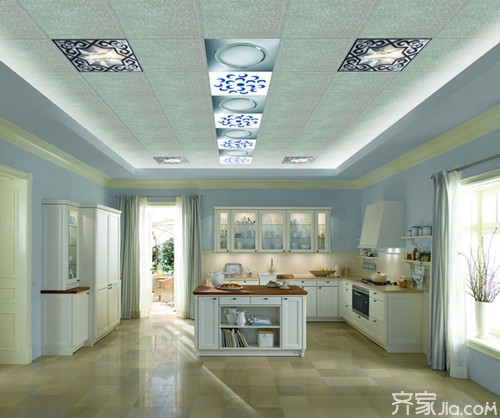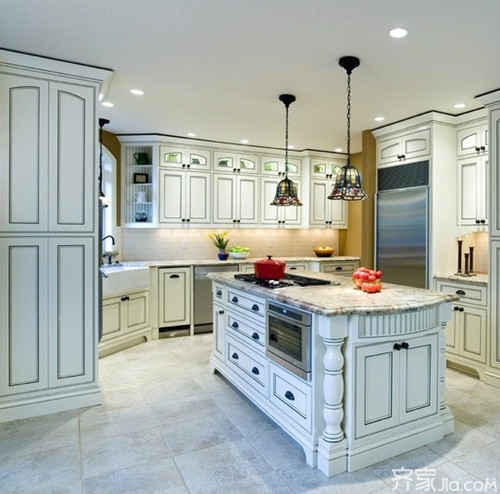The integrated kitchen and bathroom ceiling has become a popular choice for modern homes, offering a multi-functional design that combines lighting, heating, and ceiling into one seamless unit. Its clean and elegant look not only enhances the visual appeal of the space but also adds a touch of sophistication to your kitchen or bathroom. This type of ceiling has transformed the once monotonous ceiling designs, bringing in a fresh and trendy approach that’s gaining popularity in the market. Let’s explore more about it!

When it comes to purchasing an integrated kitchen and bathroom ceiling, there are several key factors to consider.
1. Plates: Aluminum buckle plates are commonly used in these ceilings, and they come in three main types—film-coated, roll-coated, and oxide plates. These differ based on the surface treatment applied to the aluminum base. However, some inferior products use recycled aluminum, which can lead to structural issues, potential radiation risks, and surface peeling over time. Always check the quality and source of the material before making a purchase.
2. Auxiliary Materials: The supporting structures, such as the main keel, hanger bars, and triangular keels, play a crucial role in the stability of the ceiling. These components should be made from high-quality steel and coated with anti-corrosion paint to ensure durability. Poor-quality auxiliary materials can cause the ceiling to sag, deform, or even collapse within just a few years. Therefore, it's essential to choose a fully metal installation frame for long-term performance.

3. Electrical Appliances: Many manufacturers may offer "integrated" solutions by combining low-quality electrical appliances with the ceiling. However, it’s important to verify whether the brand has its own production capabilities and quality assurance. Opting for companies with strong R&D and innovation power ensures better performance and reliability.
When choosing the color of your kitchen and bathroom integrated ceiling, it’s best to match it with the overall interior style. For example, if your wall tiles are white, you can go for gray and white tones like pearlescent silver or pearl white. If your tiles have cool colors like blue, matching the ceiling with similar shades will create a harmonious look. Warm-colored tiles, such as yellow or pink, pair well with warm-toned ceilings for a balanced aesthetic.

Additionally, when selecting a metal ceiling that matches your wall tiles, make sure the colors are coordinated within the same color system. If your walls are colored, the ceiling should be lighter to avoid a heavy or dark appearance. This creates a more open and bright feel in the room.
In conclusion, the kitchen and bathroom integrated ceiling is a smart and stylish choice that offers both function and beauty. I hope this guide helps you make an informed decision. For more home decor tips and updates, visit our website regularly.
What if you still pay out of pocket for your renovation? The Qi family offers installment plans with an ultra-low annual interest rate of 3.55% and a maximum loan of up to 1 million. Apply now and enjoy exclusive discounts!
If you're interested in brand collaboration, content partnerships, or advertising opportunities, please send us an email.
Integrated ceiling
Hot Melt Adhesive,Eva Hot Melt Adhesives,Hot Melt Adhesive Middle Temperature,Pur Hot Melt Adhesive
Jiangxi Cuckoo New Material Co.,Ltd , https://www.jxcuckoo.com